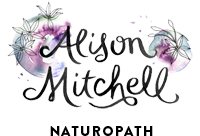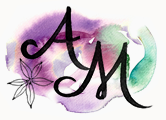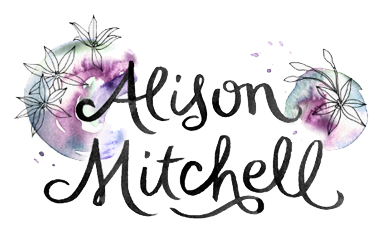A massage for Mum means a better feed for bub.
Here’s a completely unselfish reason to ask for a back rub before you breastfeed – it helps lactation and means you have a more satisfied baby.
In the attempt to find a cost-effective way to help with breast feeding, a study was done to test the theory that back massage for new mothers, along the lines of acupressure and shiatsu would help with breastfeeding. The results were impressive!

The study was based in a hospital in India, and a group of 220 new mothers were split into two groups (Group A: 100 received a back massage and Group B: 120 who didn’t; both groups received normal hospital care).
The study excluded mothers and babies with issues that would affect breastfeeding, this included:
- Newborns with poor neonatal reflexes
- Newborns with prematurity, congenital anomalies or any neurological conditions leading to poor sucking reflexes.
- Mothers with any acute or chronic illness
- Mothers with nipple or breast abnormalities or attachment difficulties
- Mothers on medications affecting lactation or breast feeding
In many of these instances, these are the mothers and children who need additional breastfeeding support but it is understandable for an initial study such as this, that those fitting these categories would be excluded from the study as it would skew the results. In future a study focusing on those that fit these exclusions would be very interesting to see.
The massage was applied for 15 minutes before a feed, 4 times a day, consisting of small circular motions with the thumbs along either side of the length of the spine.
How effective this was in supporting breast milk production was gauged by the difference between the groups of the mean(average) weight gain, number of wees and poos by the baby, hours slept after a feed and ‘satiety of baby’ at the end of the feed (a combination of some subjective and objective assessments). As the quantity and quality of breastmilk production cannot be measured, weighed or analysed under a microscope because it’s getting swallowed by the baby, these methods of assessment give us a good idea about how effective the massage is in increasing breast milk production.
The weight gain difference between the groups was the most notable, with a massage group gaining a lot more weight on the first day after birth compared to the non massage group, and this difference continued for the next two days they were studied.
The number of wees and poos was only different after the second day (increased in the massage group).
There was more babies in the massage group that slept for longer than 2 hours after each feed, and this increased with each day studied.
The satiety of the baby assessment was based on whether they fussed or cried after a feed, and whether the mother felt the baby was ‘satisfied’ after the feed and went to sleep easily. This category showed a significant difference between the groups in particular, for crying and fussing. 35% babies in the test group (A) compared to only 10% of babies from the control group (B) were satisfied after breastfeeding on first day, where as 69% from Group A compared to 43.3% babies from Group B were satisfied after breastfeeding on day 2. On third day 93% from Group A and 56.6% from Group B were satisfied from breastfeeding!
All of these factors indicate that breastfeeding was improved significantly by the back massage.
Works Cited:
Patel, U., Gedam, D.S. Effect of back Massage on Lactation among Postnatal Mothers. International Journal of Medical Research and Review. 2013 Jan-Mar, 1(1). http://www.academia.edu/3486501/Effect_of_back_Massage_on_Lactation_among_Postnatal_Mothers










